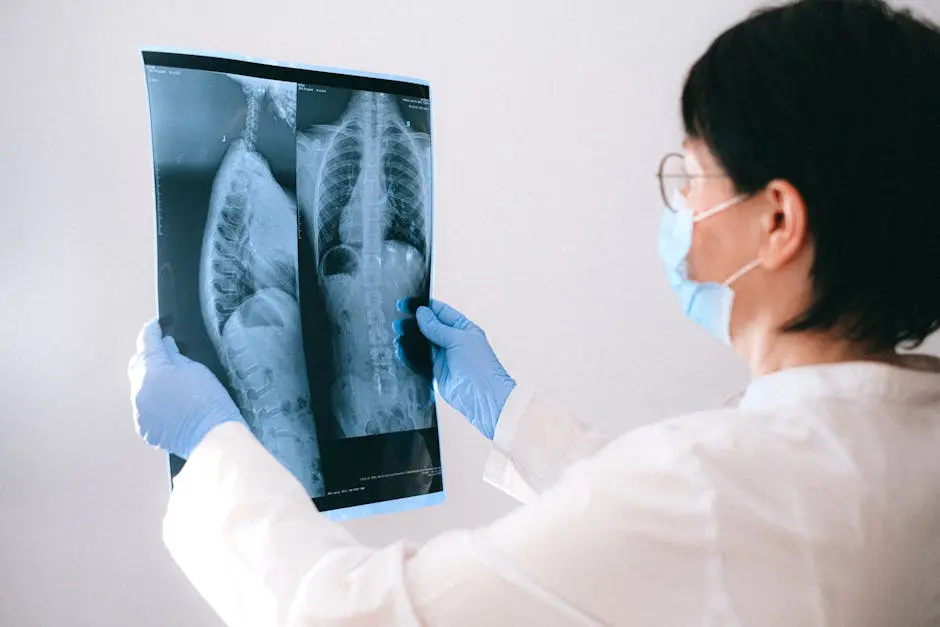Our Blog
What Steps Are Involved in Liver Disease Diagnosis for Choledochal Cysts?
November 01, 2025
Liver disease diagnosis can seem overwhelming, especially when it comes to specific conditions like choledochal cysts. In this blog, we will break down the vital steps involved in diagnosing liver disease related to choledochal cysts, making it easier for you to understand the process and what to expect.
Step 1: Initial Consultation
The first step in the diagnosis process usually begins with an initial consultation where the physician evaluates symptoms and medical history.
During this meeting, you will share any concerning symptoms you might be experiencing, such as jaundice or abdominal pain, which can be key indicators of liver disease.
Your doctor will also delve into your medical history, looking for any prior conditions or family history that might give clues to your liver health.
Step 2: Physical Examination
A thorough physical examination is conducted to check for any signs of liver abnormalities, such as swelling or tenderness.
During the examination, the healthcare provider will assess your overall health, checking for signs like paleness, swelling in the abdomen, or yellowing of your skin and eyes (jaundice).
These visual assessments are crucial and help your doctor determine the next steps in the diagnostic process.
Step 3: Imaging Tests
Imaging tests like ultrasound, MRI, or CT scans help visualize the liver and identify any cysts or related complications.
Ultrasounds are non-invasive and often the first imaging test performed, allowing the healthcare team to see the liver in real-time.
If further detail is needed, your doctor may recommend advanced imaging techniques such as an MRI or CT scan. These tests provide comprehensive images that can reveal the size and structure of any choledochal cysts present.
Step 4: Blood Tests
Blood tests are crucial for assessing liver function and identifying markers related to liver disease, providing insight into the condition’s severity.
The results from tests such as liver function tests can indicate how well your liver is performing and highlight any abnormalities that may require further investigation.
Additionally, certain blood tests can identify viruses or infections, providing a comprehensive overview of your liver health and aiding doctors in tailor-fitting treatment plans.
Step 5: Biopsy (if necessary)
In some cases, a liver biopsy may be performed to obtain a tissue sample for a definitive diagnosis, especially when other tests are inconclusive.
The biopsy usually involves a small needle that is inserted into the liver to collect a sample, allowing for in-depth analysis of liver tissue.
Though it may sound intimidating, this procedure is often done on an outpatient basis and is essential for accurately determining the type and extent of liver disease.
Wrapping Up the Diagnosis Journey
Understanding the steps in liver disease diagnosis for choledochal cysts is crucial for effective treatment and management. By familiarizing yourself with these stages, you empower yourself and your loved ones to take informed decisions on health care.
